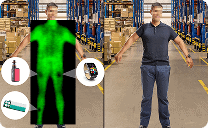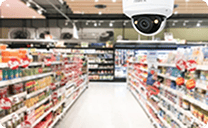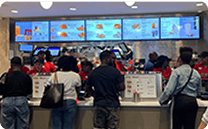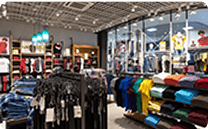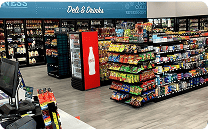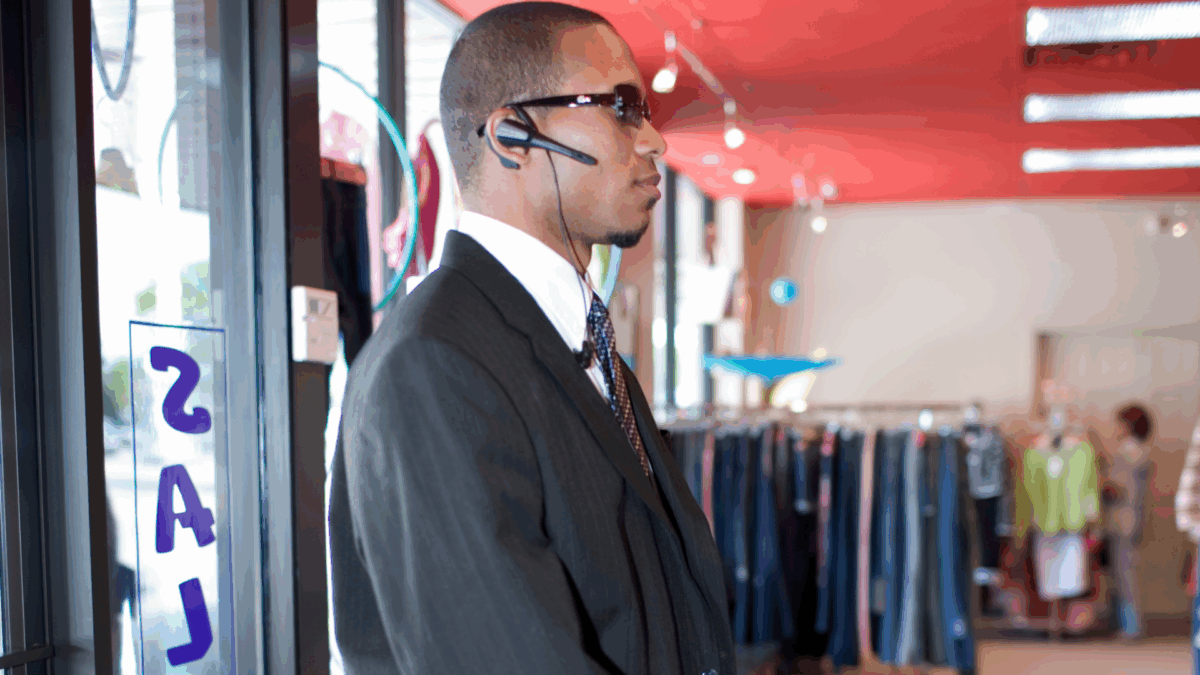Developing an Effective Retail Customer Experience Strategy: Best Practices
Introduction
Developing a retail customer experience strategy is not just a competitive advantage—it’s an absolute necessity. In today’s market, customers demand more than just products. They expect seamless interactions, personalized service, and meaningful engagement at every touchpoint and across every channel. Your retail customer experience strategy must not only meet these evolving expectations but also anticipate them.
You must make customer needs and satisfaction your top strategic priorities and leverage retail innovation and rapid technological advancements to address them successfully. This article offers specific guidance and proven best practices to help you craft a world-class retail customer experience strategy that drives satisfaction, loyalty, and sustained growth.
Understanding Customer Expectations in Retail
Customer experience trends highlighted by customer experience (CX) platform provider Lumoa show that over 65% of shoppers now prioritize convenience over brand loyalty, and over 80% expect real-time support options during their shopping journey. Understanding these expectations is the first critical step toward effective customer journey optimization. Here are some more details about modern consumer expectations.
- Seamless omnichannel shopping: Your customers want to move fluidly across online, mobile, and physical channels without disruption.
- Personalized experiences: According to CX platform provider InMoment, 75% of consumers expect brands to understand their needs and personalize interactions.
- Convenience and speed: The rise of “on-demand everything” has heightened the need for frictionless, fast service throughout each shopper’s journey, from product discovery and exploration through checkout and delivery.
The Role of Technology in Retail CX
Technology is the backbone of every successful modern retail customer experience strategy. Leveraging technological innovations can significantly enhance your customer data-driven marketing efforts and make shopping more engaging and intuitive. Here are some examples of how technology can revolutionize your retail customer experience strategy.
- AI-powered personalization: Brands like Stitch Fix and Sephora use AI algorithms to provide curated product recommendations.
- Mobile apps and digital wallets: Starbucks’ mobile app allows customers to order, pay, and earn rewards seamlessly, in-store or before arriving, enhancing the checkout experience.
- Augmented Reality (AR) shopping: IKEA’s “IKEA Place” app lets customers visualize furniture in their homes before purchase.
Omnichannel Retail Strategy for Enhanced CX
Creating a cohesive retail customer experience strategy requires breaking down silos and viewing customer interactions as a unified journey. An effective omnichannel customer experience strategy ensures customers can interact with your brand however they prefer. Best practices include the following.
- Integrate online and offline touchpoints. Ensure consistent pricing, branding, and service across all platforms.
- Offer “click-and-collect” and curbside pickup options. Target saw a 734% increase in Drive-Up sales between 2019 and 2021.
- Synchronize inventory across channels. Real-time inventory visibility prevents disappointing stockouts and order cancellations.
Improving In-Store Customer Experience
E-commerce may get the bigger media buzz, but physical stores remain crucial retail outlets. Your store must now complement your digital channels by offering in-person, immersive, and personalized experiences that online-only models cannot replicate. Key strategic elements for improving customer service in retail stores include the following.
- Optimize your store layout. Clear signage, intuitive navigation, and attractive, informative displays can significantly increase customer satisfaction.
- Train your employees for superior engagement. Nordstrom is a prime example of how employee empowerment can enable outstanding service.
- Implement self-checkout and smart POS systems. Retailers like Walmart and Amazon Fresh use “cashier-less” checkout to eliminate long lines and improve convenience.
Personalization Strategies for Customer Engagement
Personalization is the cornerstone of modern loyalty-building efforts. Initiatives driven by customer data-driven marketing can increase engagement, retention, and basket size.
Here are some current examples.
- Data-driven product recommendations: Amazon uses sophisticated algorithms based on past behaviors, boosting conversion rates by up to 60%.
- Loyalty programs tailored to shopping behavior: Sephora’s “Beauty Insider” program personalizes rewards based on customer preferences.
- AI-powered chatbots: H&M and Levi’s use chatbots to provide real-time style advice and support.
Reducing Pain Points in the Customer Journey
Friction or disruption at any point of a customer’s journey can quickly derail even the best experiences. Remove hurdles such as these when pursuing customer journey optimization to foster loyalty and build lasting customer trust.
- Long checkout wait times. Solutions include mobile checkout, self-service kiosks, and scan-and-go technologies.
- Complicated return/refund processes. Simplify returns with easy online initiation and flexible in-store options, like Amazon and Zappos do.
- Poor customer service responsiveness. Omnichannel support via email, live chat, text messaging, or real-time telephone conversation, combined with staff training focused on customer care, ensures your customers get the help they need when and how they want it.
Customer Feedback and Continuous Improvement
Your ability to listen to and act upon retail customer feedback can help you be better positioned for long-term success. Real-time retail customer feedback loops can also drive iterative improvements. Best practices include the following.
- Use surveys, online reviews, and social media monitoring. Insights from feedback analytics solution provider Chattermill show that brands that act on feedback outperform competitors by 25%.
- Track Net Promoter Score (NPS) and customer satisfaction (CSAT) metrics. Regularly measuring these and other key performance indicators (KPIs) can reveal systemic issues and help you determine the effectiveness of your improvement efforts.
- Implement a data-driven CX improvement strategy. Regularly track and analyze feedback patterns to identify and address root issues and new opportunities for improvement.
Case Studies: Brands Excelling in Retail CX
These brands are real-world examples of good customer service stories in retail. They prove that investment in retail customer experience strategy increases customer satisfaction, loyalty, brand advocacy, and revenue.
- Amazon: Masters of seamless ordering, one-click checkout, and fast delivery, setting the gold standard for online convenience.
- Apple: Focuses on highly trained staff (“Geniuses”) and stunning store layouts, emphasizing product experience and hands-on discovery.
- Nordstrom: Offers legendary customer service, from no-questions-asked returns to personalized shopping assistance, demonstrating the power of employee empowerment, solid training, and finely tuned recruiting and hiring practices.
Conclusion
There are several straightforward steps you must take to build and implement the strong retail customer experience strategy you need to succeed, now and in the future. First, you must view your efforts as an ongoing journey, not a one-time project. You must embrace customer experience trends, harness retail innovation, focus on omnichannel customer experience, and make improving customer service in retail a constant and unwavering priority.
A data-driven approach to personalization, removing friction from the shopper’s journey, and acting on retail customer feedback will help you evolve your operations as customers and market conditions evolve. This approach can deliver extraordinary customer value and help you build and sustain positive and profitable relationships with them. To learn more, visit our website.
Frequently Asked Questions
What are the top components of a successful retail customer experience strategy?
Key components include omnichannel integration, personalized marketing, customer-focused employee training, real-time customer feedback loops, and a seamless checkout experience.
How can retailers keep up with changing customer experience trends?
Follow industry research, invest in CX technologies, regularly gather customer feedback, and maintain flexibility in operations to stay updated.
What role does technology play in retail innovation and CX?
Technology drives innovation by enabling personalization, speeding up transactions, streamlining inventory management, and offering new shopping experiences like AR and virtual reality (VR).
How important is customer data-driven marketing to improving CX?
It’s critical. Personalized recommendations, predictive support, and targeted loyalty offers all rely on effectively leveraging customer data.
What are some quick wins for improving customer service in retail?
Enhancing staff training, simplifying returns, offering multiple customer support channels, and streamlining checkout processes can yield immediate improvements.
